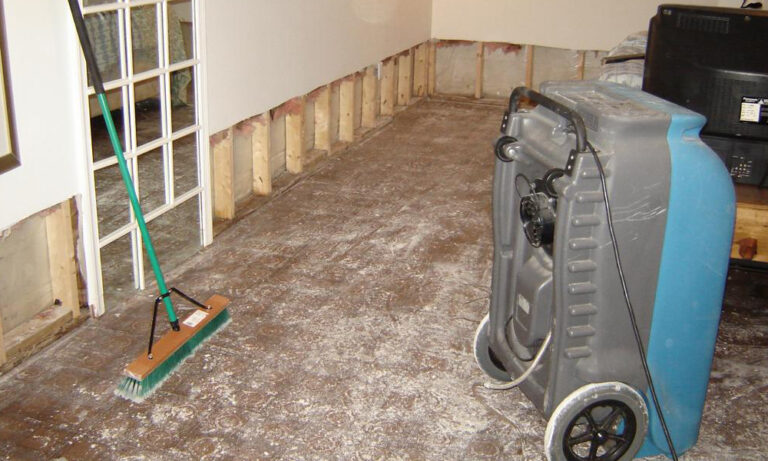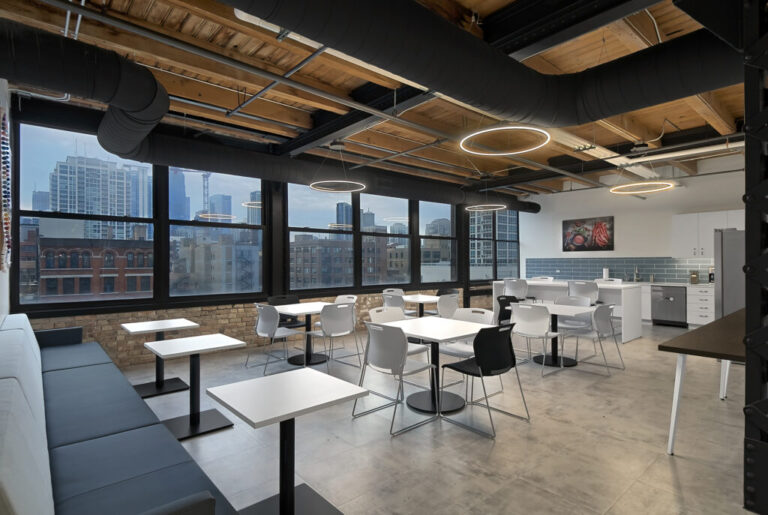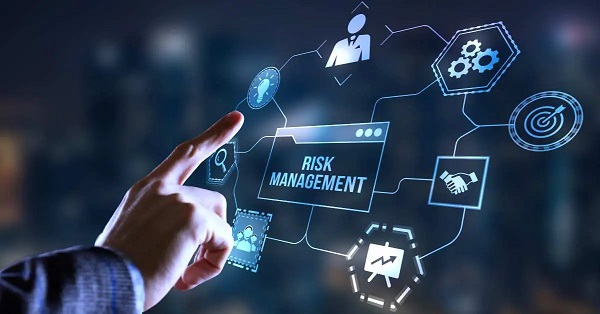As solar energy becomes an increasingly popular choice for homeowners and businesses looking to reduce their environmental impact, the importance of maintaining the efficiency of solar panels cannot be overstated. One of the most effective ways to ensure optimal performance and sustainability of your solar energy system is by investing in professional solar panel cleaning. Beyond improving performance, professionally cleaned solar panels offer several environmental benefits that contribute to a cleaner, greener future.
1. Maximized Energy Efficiency
The primary environmental benefit of professionally cleaned solar panels is improved energy efficiency. Over time, dirt, dust, debris, and even bird droppings can accumulate on the surface of solar panels. This build-up blocks sunlight from reaching the photovoltaic cells, causing a decrease in energy production. By hiring a professional to clean your solar panels, you ensure that they are free from these obstructions, maximizing their efficiency. Cleaner panels can generate more electricity, which reduces your reliance on fossil fuels and decreases your carbon footprint.
2. Reduction in Carbon Emissions
The more energy your solar panels generate, the less electricity you need to draw from non-renewable sources. When solar panels are functioning at peak efficiency, they contribute to a significant reduction in carbon emissions. By maintaining your solar panels through regular professional cleaning, you are ensuring that the system operates at its highest potential, helping to reduce greenhouse gas emissions that contribute to climate change.
3. Extended Lifespan of Solar Panels
Regular professional cleaning not only improves the efficiency of your solar panels but also helps extend their lifespan. By removing harmful contaminants such as dirt, algae, or grime, you reduce the risk of damage caused by these elements over time. The longer your solar panels last, the fewer resources you’ll need to replace them, further benefiting the environment by reducing waste and the need for new materials.
4. Preservation of Local Ecosystems
When solar panels are left uncleaned for long periods, contaminants can trickle into the surrounding environment. For example, bird droppings, which can accumulate on panels, may contain harmful bacteria or other substances that could potentially leach into nearby water sources. By hiring professionals to clean your panels, you prevent these harmful substances from being released into the environment, helping to preserve local ecosystems and ensuring that your solar energy production remains sustainable.
5. Increased Adoption of Renewable Energy
When solar panels are efficiently producing energy, it encourages more people to adopt solar power as a reliable and sustainable energy source. A professionally cleaned system demonstrates the potential for solar energy to play a significant role in reducing environmental harm. By maintaining your solar panels and demonstrating their effectiveness, you contribute to the growing adoption of renewable energy technologies, further reducing the global reliance on fossil fuels.
Conclusion
Professionally cleaned solar panels are essential for maximizing energy production, extending the lifespan of the system, and reducing environmental impact. By investing in regular professional cleaning, you ensure that your solar panels continue to operate efficiently, reduce your carbon footprint, and help preserve the environment for future generations.
Ready to boost the performance of your solar panels and contribute to a cleaner planet? Contact our team of experts today to schedule a professional cleaning service and start enjoying the full benefits of your solar energy system. Let’s work together for a sustainable future!
This post was written by a professional at EHS. Efficient Home Services of St. Petersburg FL is a solar energy company offering a variety of services. At Efficient Home Services of Florida, our mission is to save you money. No other home energy company serving Florida offers the range of cost-saving solutions that we do. Whereas other businesses might focus on one component of a home’s energy use, such as solar panel installation or HVAC unit installation, EHS provides services across the spectrum to address every aspect of your home’s energy inefficiencies. We are a team of knowledgeable professionals who banded together to give homeowners what other companies promised but could not deliver – real relief from high electric bills.










 Tools and Methodologies Used in Risk Assessment
Tools and Methodologies Used in Risk Assessment